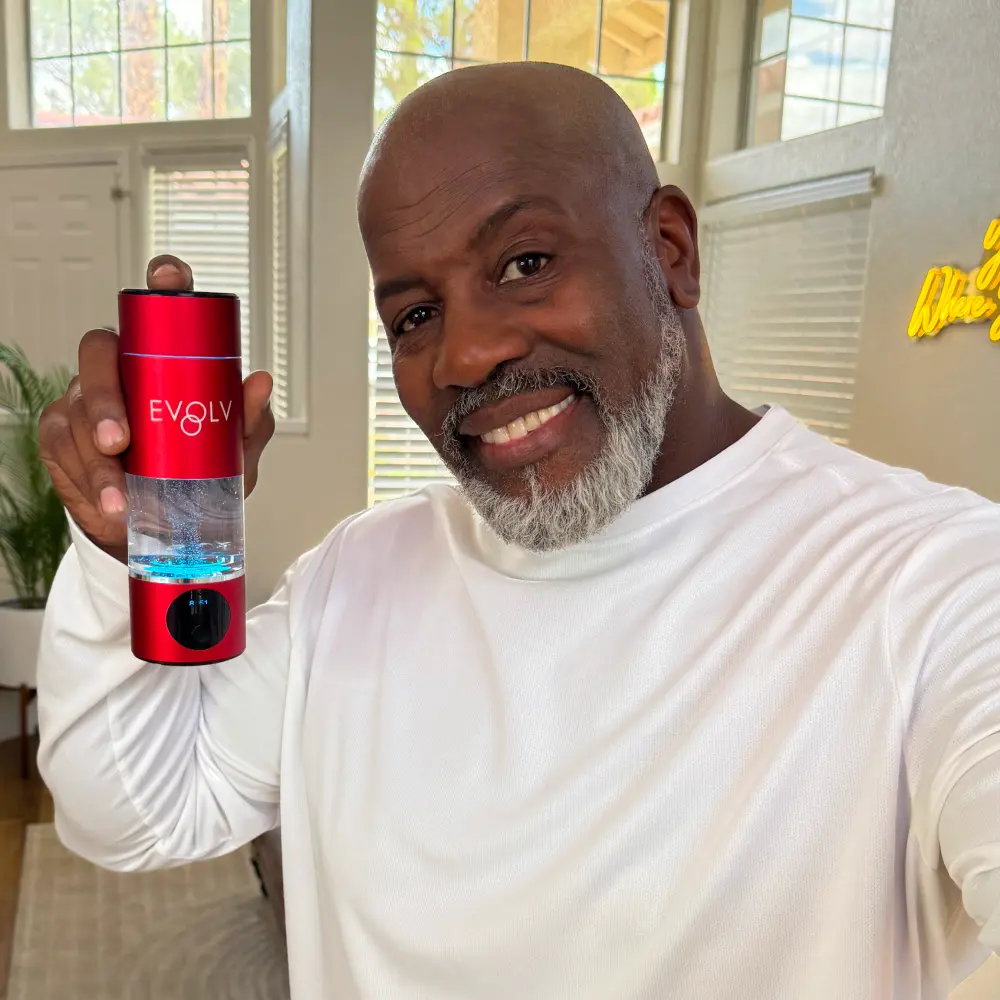Hydrogen water is popping up everywhere - from fitness influencers’ bottles to wellness stores across the world. But one question keeps coming up:
Can you actually add hydrogen to water yourself?
Yes, you can - and there are a few ways to do it. But not all methods are created equal. Let’s explore how hydrogen is added to water, the science behind it, and what to consider when choosing the right method.
First, What Is Hydrogen Water?
Hydrogen water is simply H₂O infused with extra molecular hydrogen gas (H₂) - the smallest, lightest molecule in the universe. This gas dissolves into the water without changing its taste, smell, or appearance. When consumed, H₂ acts as a selective antioxidant, targeting harmful free radicals linked to inflammation and oxidative stress.
So… Can You Add Hydrogen to Water?
Yes - but you need the right process.
Here are the most popular and proven ways to add hydrogen to water:
|
Method |
How It Works |
Pros |
Cons |
|
Hydrogen-generating bottles |
Use electrolysis to infuse H₂ gas into water |
Fast, portable, reusable |
Cost varies, quality depends on tech |
|
Hydrogen tablets or powders |
React with water to release H₂ gas |
Convenient, travel-friendly |
Some release magnesium or alter taste |
|
Hydrogen gas bubbling |
H₂ gas is bubbled into water in lab settings |
Used in research |
Not practical for home use |
|
Pre-packaged hydrogen water |
Stored in pressurized, aluminum pouches or cans |
Ready to drink |
Expensive, short shelf life |
Regular water doesn’t hold hydrogen gas for long - it dissipates quickly if not stored in airtight containers.
What Does Science Say?
Hydrogen gas is not naturally abundant in regular drinking water. You need to dissolve molecular H₂ at concentrations of 0.5–1.6 ppm (parts per million) to get any measurable antioxidant benefits.
A 2007 Nature Medicine study introduced H₂ as a therapeutic antioxidant.
2010 clinical trial used magnesium-based hydrogen tablets that released approximately 1.5 ppm of hydrogen into 500 mL of water, demonstrating measurable health effects. Additionally, multiple trials have shown that a minimum concentration of around 0.5 ppm is necessary to achieve consistent clinical benefits.
So yes, adding hydrogen to water is scientifically valid, and how you do it makes a big difference.
Pro Tips for Best Results
Use cold or room-temperature water – hydrogen dissolves better.
Drink it fresh – most hydrogen escapes within 30 minutes if not sealed.
Look for ppm-certified devices or tablets – not all products generate therapeutic levels.
What to Avoid
Tap water with chlorine or heavy metals may interfere with electrolysis or tablet reactions.
Plastic bottles that aren't gas-tight, they allow hydrogen to escape quickly.
Products claiming "structured hydrogen" without real ppm levels, often marketing fluff.
Final Take: Yes, You Can Add Hydrogen to Water - Just Do It Right
Whether you're using a portable hydrogen bottle, dissolvable tablet, or pre-infused pouch, adding hydrogen to water is completely possible. What matters is the method, the concentration, and the timing of when you drink it.
Aim for:
0.5–2.0 ppm hydrogen concentration
Freshly prepared or properly stored water
1–2 servings per day for general wellness
Quick FAQ
Q: Can I just bubble hydrogen into a glass of water at home?
A: Not effectively - hydrogen gas needs proper pressure or electrolysis to dissolve.
Q: Are hydrogen tablets safe?
A: Yes, most are made with magnesium. Just check dosage and certifications.
Q: Will hydrogen water taste different?
A: Nope! It tastes just like regular water.










